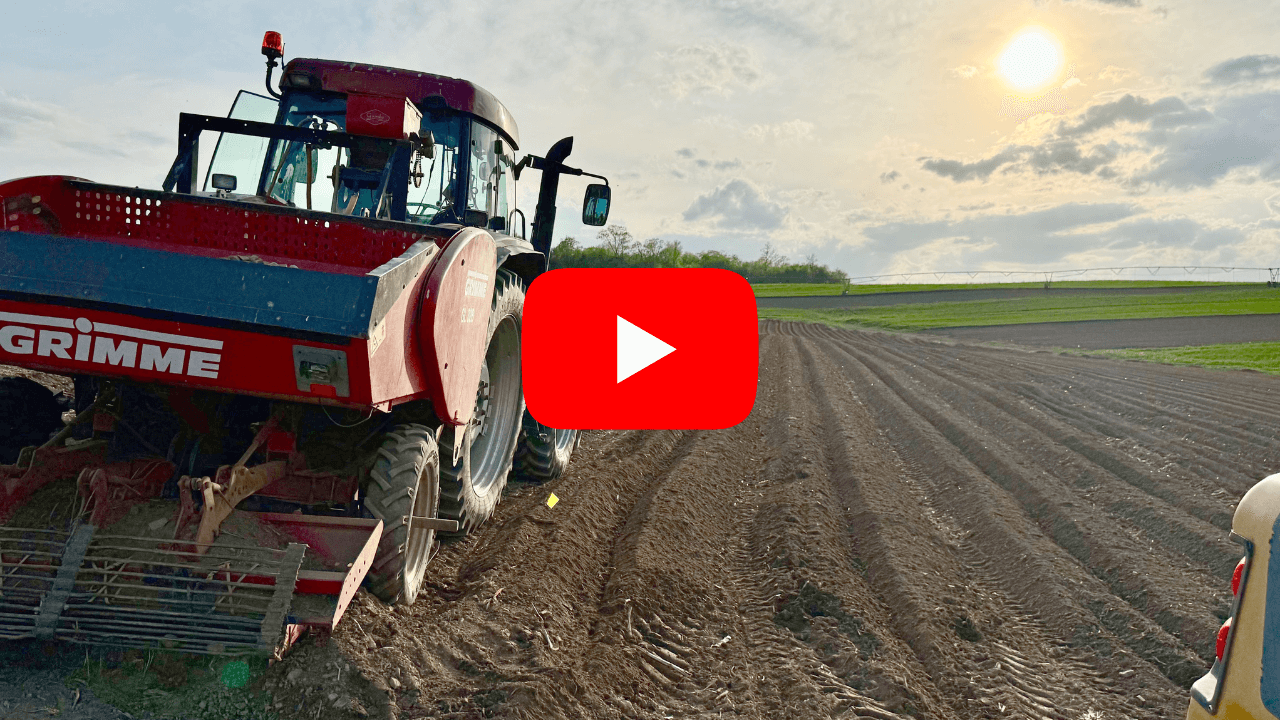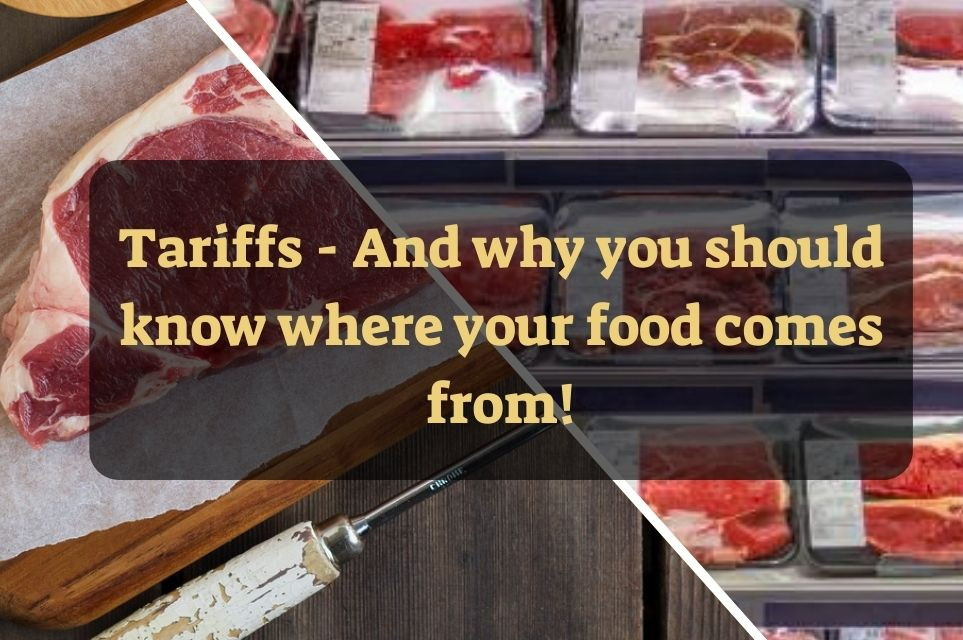Four Incredible Health Benefits of Grass Fed Beef
posted on
April 15, 2022

How do you choose what foods to eat? Is taste most important to you? Or impact on the environment? Maybe you care about putting the healthiest foods into your body. All of these considerations are valid and important.
At Red Hill Harvest, we produce the kind of food that we want to eat. When it comes to our cattle, we use practices that produce beef that is delicious, environmentally beneficial, and healthy.
We eat our beef multiple times a week so we can personally testify that it’s really tasty. Whether you’re looking for an incredible hamburger, a special occasion steak, or the perfect roast for Sunday dinner, you are sure to be satisfied with the rich taste of our beef.
In addition to having a great flavor, our beef does good. As we discussed in this blog post, cows are an integral element of our regenerative farming practices at Red Hill Harvest. Our herd of cattle moves from pasture to pasture grazing the grass and fertilizing the fields with their manure. This process helps heal the soil, and it leads to meat that we feel good about.
And beyond all of that, our beef is truly healthy. Our beef comes from cattle that are pasture raised and 100% grass fed and finished. All beef is nutrient-dense and full of protein. However, when you compare pasture raised 100% grass fed beef to conventional grain-fed beef from feedlots, there is a marked difference and extra benefits.
What is Pasture Raised Grass Fed Beef?
Pasture raised beef comes from cattle who spend their entire lives on pasture with access to fresh grass. This is in contrast to the many cows that live in industrial feedlots where they are outdoors, but confined to areas of mud and concrete rather than grass and rolling hills.
Our pasture raised cattle at Red Hill Harvest eat a 100% grass diet. They never eat grains and benefit entirely from the nutrients found in grass growing straight out of the ground.

The benefits of eating fresh grass and moving freely throughout the pasture are immense for both the wellbeing of the animals and the nutritional content of the meat. At Red Hill Harvest, our cattle are treated humanely and kindly during their time on pasture. They are free to roam and graze on the unique grasses found in our corner of Pennsylvania. The great taste of the meat and its nutritional benefits all come from the diet and lifestyle of the animals.
Four Reasons Pasture Raised Grass Fed Beef is a Healthy Meat
Grass fed and finished beef raised on pasture is a healthier meat choice when compared to conventional, feedlot, grain fed beef. The cows’ diet of fresh plants and grasses leads to nutrient rich beef for us to eat. In particular, pasture raised grass fed beef has the following benefits:
1. Grass fed and finished beef has higher levels of phytochemicals than grain fed beef.
Phytochemicals are compounds with antioxidant properties that are found in plants. When the cattle eat grass, the phytochemicals are then found in their muscles and fat. Phytochemicals are beneficial to our health for many reasons. They increase the growth of healthy gut bacteria, serve as antioxidants within cells that help to get rid of toxic chemicals, and help to control or prevent chronic illnesses. A grass diet greatly increases the numbers of phytochemicals found in beef as compared to a conventional, grain finished diet (1), which directly leads to an increase in the amount of phytochemicals that grass-fed beef eaters consume and benefit from.
2. Grass fed and finished beef has a much healthier ratio of omega-3 to omega-6 fatty acids.
Fatty acids are a necessary part of our diet. We need both omega-3 and omega-6 fatty acids for optimal health. Omega-3s in particular may help to prevent heart attacks, cancer, and depression. Ideally, a healthy diet should have a 4:1 ratio of omega-6s to omega-3s. However, often the number of omega-6s is much higher than omega-3s. For example, grain fed beef has a ratio of 7.65:1 omega-6s to omega-3s. In contrast, grass fed and finished beef has a ratio of 1.53:1 omega-6s to omega-3s (2). This is a much better ratio and means that when we eat grass-fed beef we benefit from many more omega-3s that we would otherwise be consuming.
3. Grass fed and finished beef contains more naturally occurring vitamins than conventional, grain fed beef.
Grass fed and finished beef has more vitamin C, forms of vitamin B, and precursors to vitamin E than grain fed beef (3). Additionally, all of these vitamins are derived directly from the grasses and plants that the cattle eat. Grain fed beef can have similar levels of Vitamin B, but only if the vitamins are added additionally to their feed. All of these vitamins are beneficial to our health for a range of reasons including that they may help to prevent cancer and other diseases, and contribute to healthy skin and a healthy nervous system.
4. Grass fed and finished beef is rich in CLAs, which may fight cancer.
CLAs (conjugated linoleic acids) are a healthy fat found in large amounts in grass fed and finished beef. Compared to conventional, grain fed beef, there are three to five times as many CLAs in grass fed and finished beef (4). CLAs are incredibly powerful and may be a natural way to prevent cancer. Therefore, eating grass fed and finished beef is an excellent way to maintain health.

Why We Raise Healthy Beef at Red Hill Harvest
Here at Red Hill Harvest, we understand that food impacts our health and farming impacts the health of our land. We have chosen to be a farm with the most positive effects we can muster. Raising healthy cattle that spend their entire lives on pasture eating only grass leads to healthy beef for us all to eat. Farming this way might take a bit longer and require a bit more attention than feeding cows grain on a feedlot, but, to us, the results are worth it.
We are helping to build a healthy food system and a healthy community by going back to the way that things used to be done, including raising our cattle naturally on grass. If you’re ready to try it out for yourself, shop our beef here. We can’t wait for you to taste the difference and feel those health benefits!




